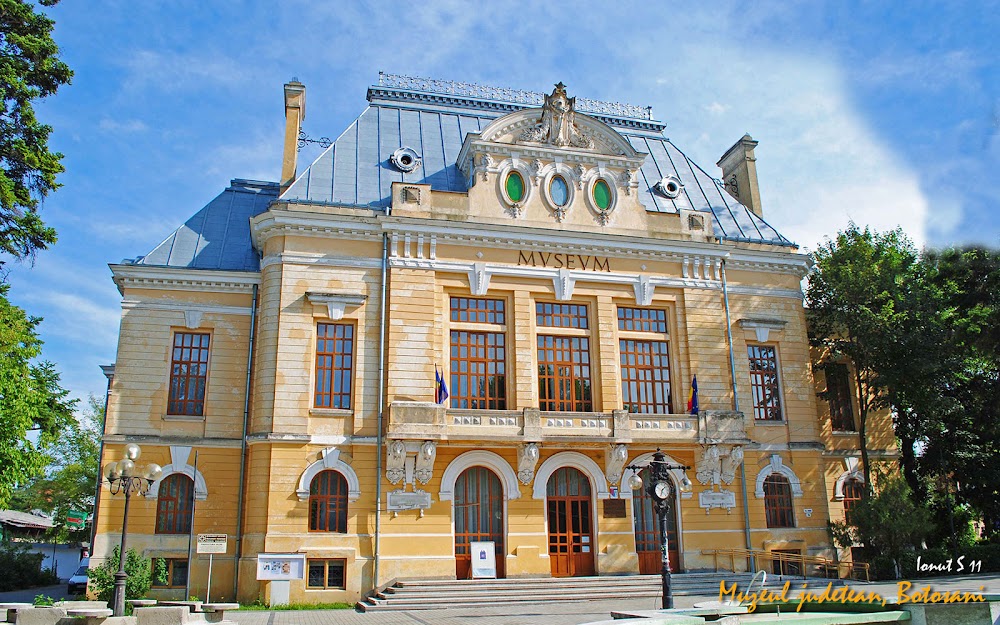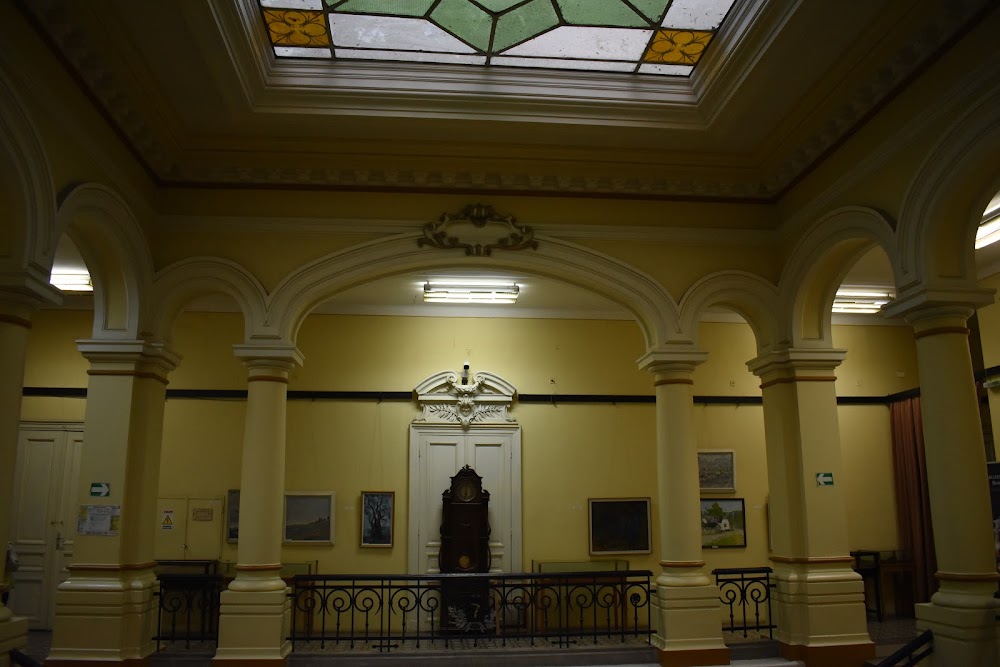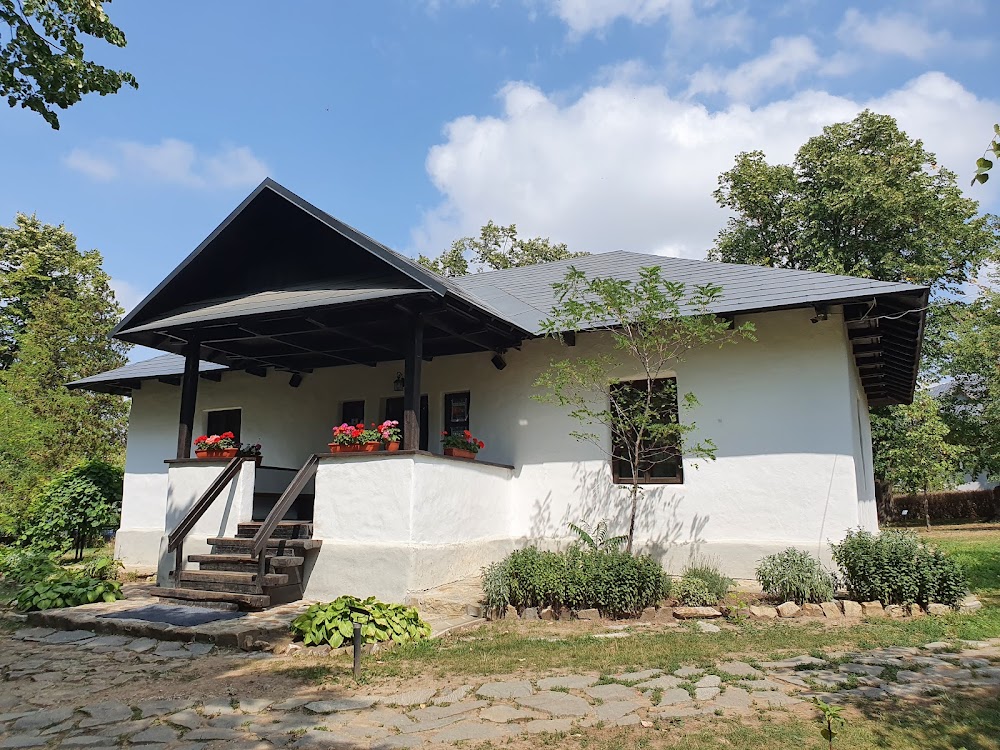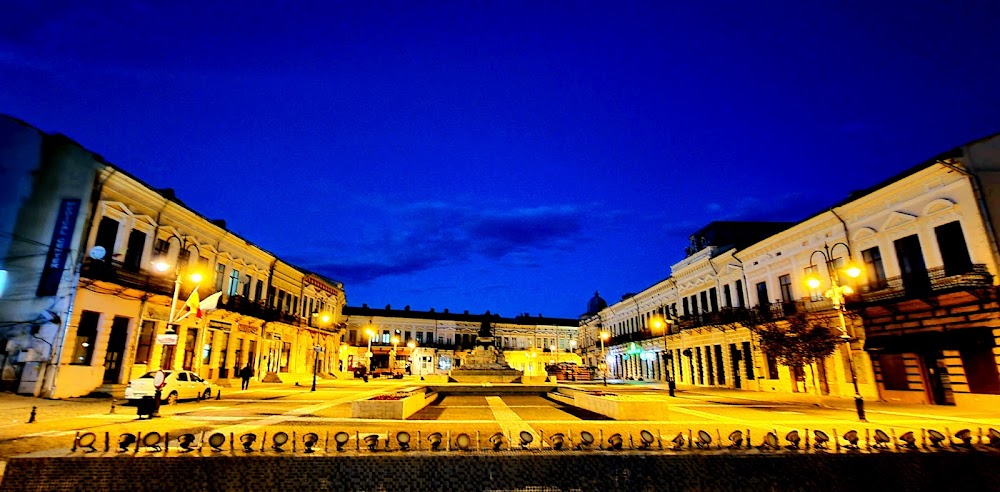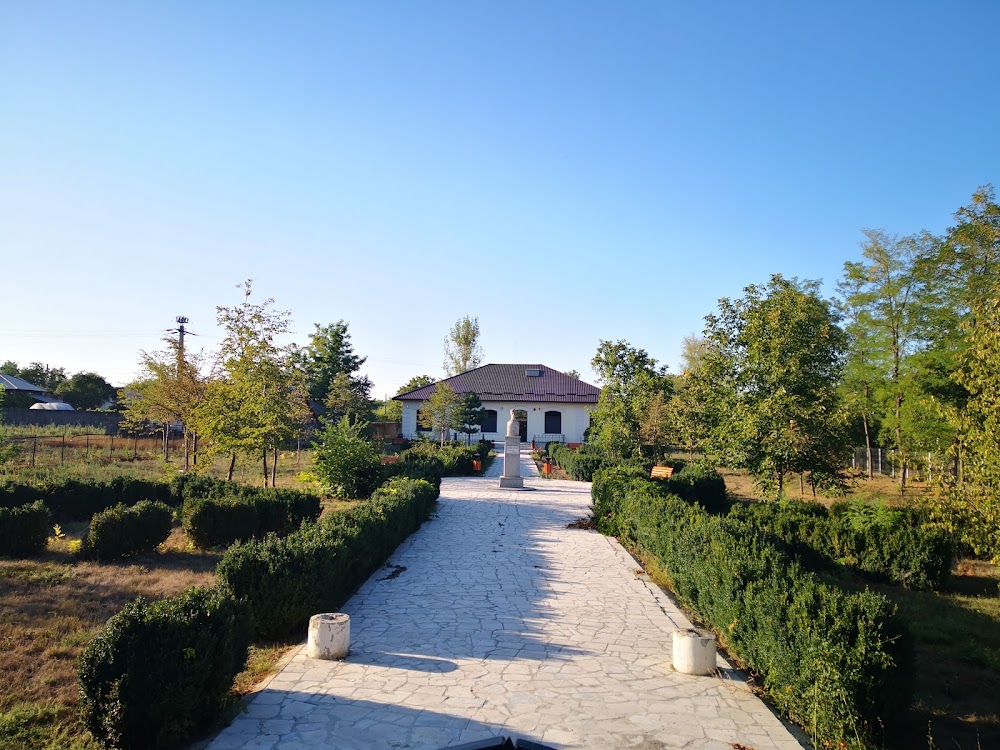Botoșani County Museum (Muzeul Județean Botoșani)
Overview
The Botoșani County Museum is one of Romania's hidden gems, nestled in the charming city of Botoșani, a locale steeped in history and culture. This museum is dedicated to preserving and showcasing the rich historical and cultural heritage of Botoșani County.
Housed within an impressive late 19th-century building, the museum itself is an architectural marvel. Originally constructed in 1913, the structure features a stunning Neo-Romanian style, marked by distinct arches and decorative elements that harmoniously blend traditional Romanian designs with the modern trends of that era. Initially serving as the headquarters for the Prefecture of Dorohoi County, the building underscores the economic and administrative significance of the region. Following several renovations, it proudly opened its doors as the Botoșani County Museum.
The establishment of this museum stemmed from a collective desire to preserve local heritage. In the years post-World War II, efforts intensified to gather and protect artifacts representing the region's rich history, culture, and art. Over time, a diverse array of items and exhibits were collected, cataloged, and prepared for public display, marking the inception of an institution committed to education and preservation.
Inside the museum, visitors are invited to explore a variety of exhibits that span from ancient artifacts to modern art pieces. A highlight is the archaeological section, which features items from prehistoric times, including tools and pottery, alongside relics from the Geto-Dacian and Roman eras. These artifacts provide invaluable insight into the early civilizations that inhabited the area and their ways of life.
The ethnographic section is another treasure trove, showcasing traditional costumes, household items, and tools used by the local populace over the centuries. This section vividly illustrates the daily lives of the people from Botoșani County throughout various historical periods.
Art enthusiasts will appreciate the art gallery, which displays works by renowned Romanian artists, including contemporary painters and sculptors. The gallery features both permanent collections and rotating exhibits, offering visitors a chance to experience a diverse array of artistic expressions.
The museum also plays a vital role in education, conducting numerous educational programs and workshops for local schools and universities. These initiatives are designed to engage the younger generation with interactive exhibits and hands-on activities, fostering a deeper understanding and appreciation of their cultural heritage.
In addition to its permanent collections, the Botoșani County Museum frequently hosts temporary exhibitions that explore a wide range of topics, from local history to international art. These rotating exhibitions introduce fresh and diverse perspectives, ensuring there's always something new for returning visitors.
The museum is complemented by a library, an invaluable resource for researchers and history enthusiasts. This library boasts an extensive collection of books, manuscripts, and documents that delve into various aspects of Botoșani County's history, culture, and art, becoming a hub for local historians and students eager to deepen their studies.
Surrounding the museum, beautifully landscaped gardens enhance its aesthetic appeal and provide a tranquil space for visitors to relax and reflect on their experiences.
The Botoșani County Museum stands as a testament to the region's rich heritage, offering a captivating journey through time for anyone who steps through its doors. More than just a building filled with exhibits, it serves as a guardian of history, a center for education, and a beacon of culture in Botoșani County, Romania.


